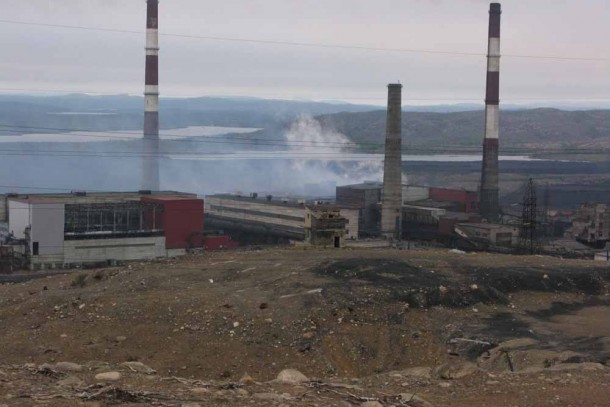10.11.2011 | News

At a recent meeting in Umeå, Sweden, the Ministers of Environment of the Barents member countries decided to exclude three of a total of 42 environmental “hot spots” in the Barents Region.
The decision in Umeå is regarded as a significant step forward since the time line for addressing the hot spots is approaching fast. According to a ministerial agreement in 2003, the intention was that this should take no longer than 10 years.
The driving force to exclude hot spots has for the last two years been the Swedish Ministry of Environment and Authority of Nature Protection in close cooperation with NEFCO and the Russian Ministry of Environment and Natural Resources.
The Chairmanship of the Barents environmental cooperation now goes from Sweden to Finland for the next two years. The work will be headed by the Finnish Minister of the Environment, Ville Niinistö, who confirmed that the exclusion of hot spots will remain a priority.
The so called hot spots in the Russian Barents Region were defined in a report by NEFCO in collaboration with the Arctic Monitoring and Assessment Programme (AMAP) in 2003. NEFCO has a special mandate to work with environmental projects in the Arctic and the Barents regions. One of the important financial tools for doing this is the Barents Hot Spots Facility (BHSF), which is managed by NEFCO on behalf of the Nordic governments.
So far some 66 projects or other specific measures have been approved for allocations from the BHSF. The Facility’s main task is to provide grants to finance technical assistance, typically key pre-feasibility and feasibility studies, business and financing plans, or environmental impact assessments.
Learn more about the environmental hot spots in the Barents region
Find out more about the ministerial decision in Finnish
Find out more about the ministerial decision in Norwegian
Find out more about the ministerlal decision in Swedish